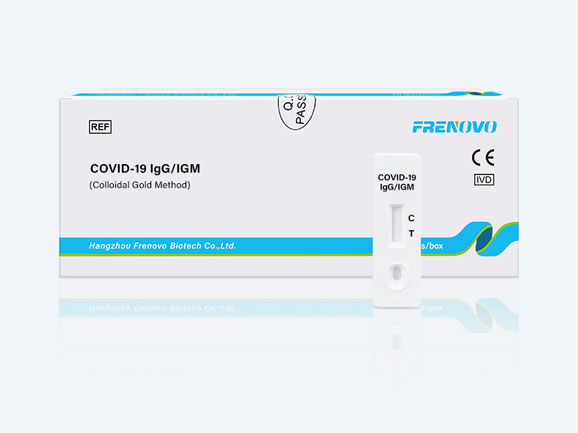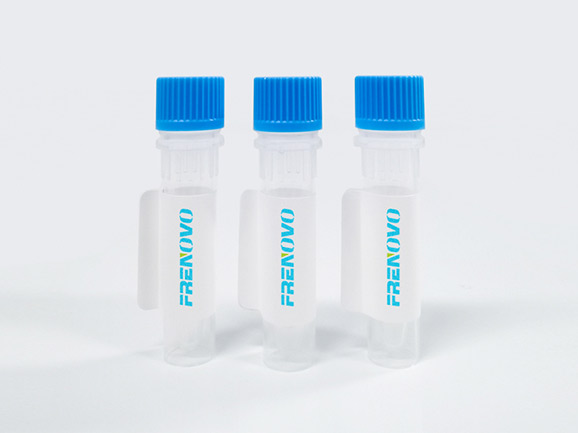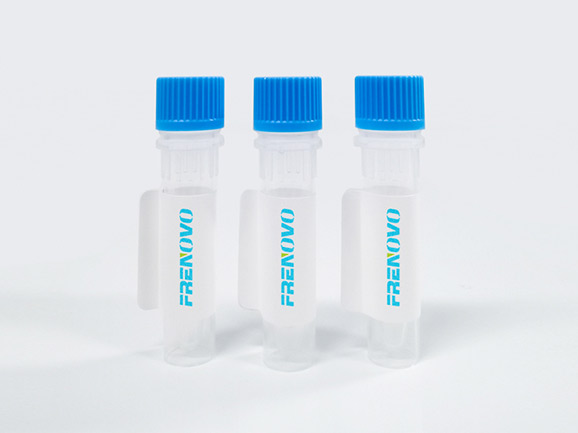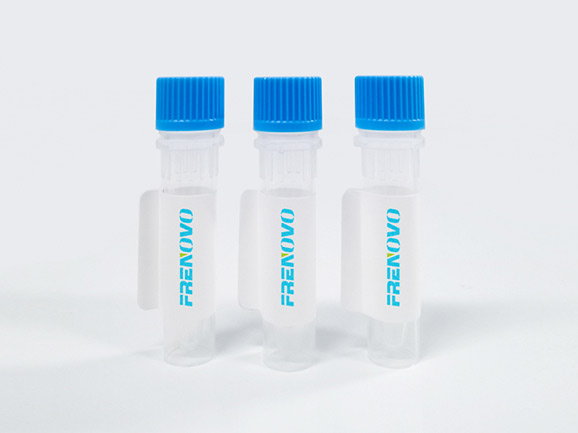In Vitro Diagnosis (IVD) refers to the process of taking blood, body fluid and tissue samples out of the body for Diagnosis. IVD is playing an increasingly important role in modern society, and currently it is used in more than 80% of clinical diagnosis of diseases. It plays an extremely important role in the whole process of disease prevention, diagnosis, monitoring and guiding treatment, and it is an indispensable tool for modern disease and health management. It is also known as the "eye" of doctors.
What really makes the big eyes capable of detection and diagnosis is the "light" inside them, the "optical method" used in in vitro diagnosis.
In the traditional laboratory, we can analyze the types and quantities of substances through the emission and absorption properties of the spectrum. The scattering characteristics of particles to light are used to analyze the size and number of particles. Now people combine the methods of traditional analytical instruments with hematology, immunology, biochemistry, and labeling techniques to form the current methods of clinical examination. Optical method is a safe, reliable and contactless detection method. Fluorescence detection, spectral analysis and color reading are all typical applications of optical method in laboratory medicine at present.
Laboratory medical IVD equipment that typically uses optical methods just like in the traditional analytical instruments industry, photoelectric detector and light source in in vitro diagnostic instrument also has an important position, although our detector in a device may be just a small piece, but it is the core of methodology, the performance of the detector for the realization of the function of equipment, performance, good or bad will play a critical role. Testing medical equipment generally has high requirements on sensor detection lower limit, signal-to-noise ratio, dynamic range and anti-interference performance.
So, what are the types of "optical methods" used in in vitro diagnosis? How do photodetectors, light sources, etc. Correspond to related applications? Next, let's take a closer look at in vitro diagnostics under the light perspective to uncover the answers to these questions.
At present, the main types of luminescence in in vitro diagnosis are as follows:
1. Chemiluminescence refers to the emission phenomenon of light produced by the process of chemical reaction. Some substances (luminescent agents) absorb the chemical energy generated during the chemical reaction, making the product molecules or electrons in the intermediate state molecules of the reaction transition to the excited state. When the electrons return from the excited state to the ground state, they release energy in the form of emission photons. This phenomenon is called chemiluminescence. Enzymatic reaction, electrochemical luminescence, such as chemiluminescence immunoanalyzer, electrochemical luminescence immunoanalyzer are used in this method.
2. Bioluminescence refers to the luminescence phenomenon occurring in the body of organisms. For example, the substrate of firefly luminescence is firefly fluorescein. We can use this method to detect some viruses and bacteria.
3. Photoluminescence, commonly referred to as fluorescence, refers to the transition of the energy absorbed by the electron to the excited state after the light irradiation by the short wavelength incident light. When it returns to the ground state, it emits the visible light of longer wave length (fluorescence). Such methods as real-time PCR, flow cytometry, time-resolved immunofluorescence, and biochip scanners are commonly heard.
As one of the professional biotech diagnostic companies in China, Frenovo provides quality in vitro rapid diagnostic test series and in vitro diagnostic instruments for customers worldwide. Feel free to contact us at any time!




